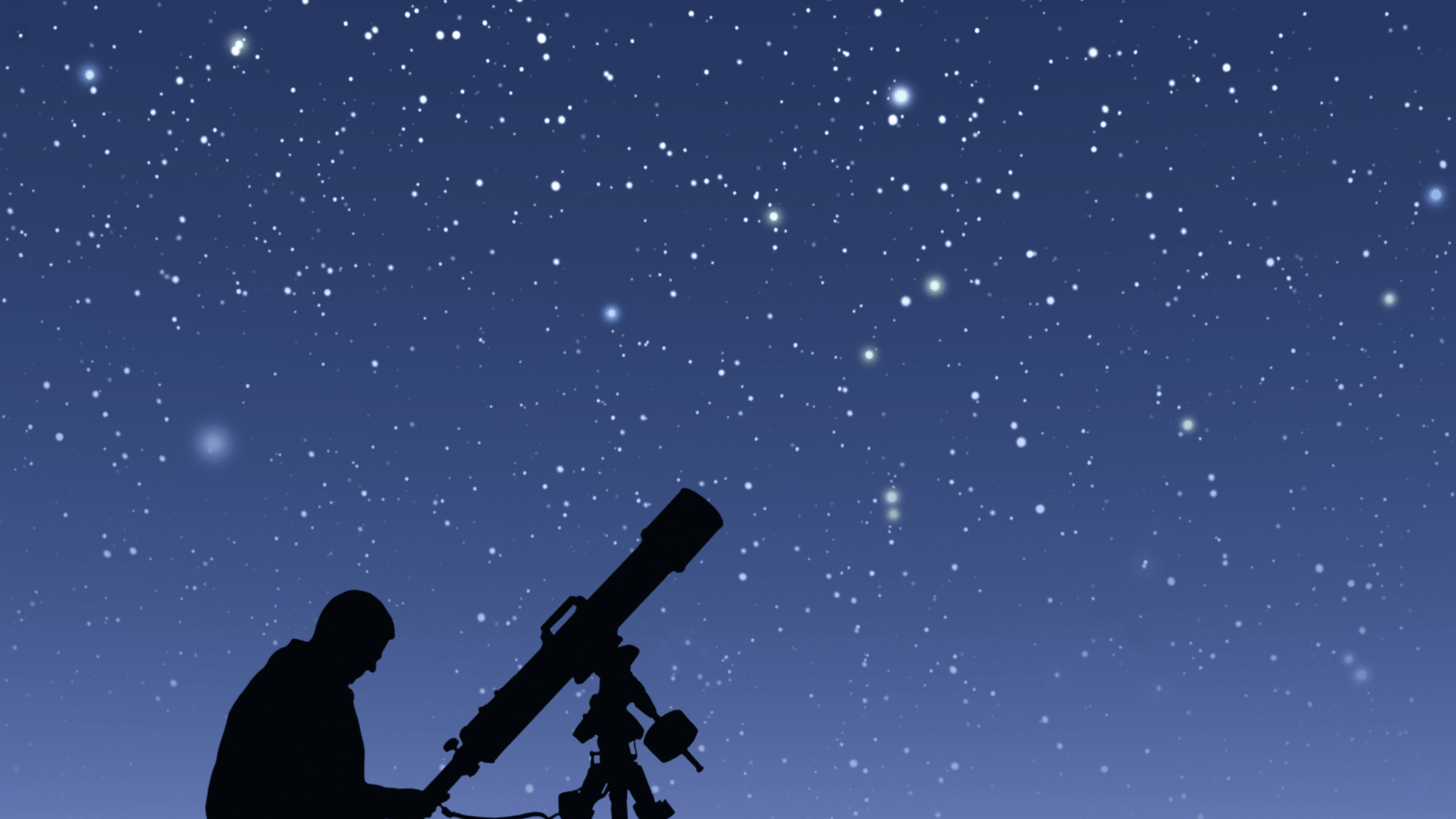Despite the pandemic and struggles to look back in 2021, there's also a lot to look forward to or a much-awaited phenomenon in the sky in 2022!
Here are some of the Must-See Stargazing Events that will occur this year.
This coming year offers many heavenly joys to astronomers, including two blood moons, partial eclipses, and numerous planetary conventions. If you are condo living, find your swivel chairs and folding mattresses on your condo balcony and get ready to bathe under the magnificent cosmos.
This year the night sky promises to be filled with cosmic wonders. A complete lunar eclipse — called the "blood moons" - the red shadow that the Moon turns into a shadow on Earth — will be seen by billions. Glowing shooting stars will scatter in the sky with no bright moon blocking the light. And observers of the heavens can look at the magnificent celestial bodies of our five brightest planets. All of which are visible to the naked eye. In ideal conditions, the distant Uranus may also include five other visible planets, considered minor, under a sparsely populated blue sky.
Here are some of the most spectacular celestial phenomena worth circling on your stargazing events calendar for 2022.
April 30 and May 1: Venus-Jupiter conjunction "The Venus Show."
Venus will attain its most excellent brilliance, and through small telescopes and steadily-held binoculars, it will resemble a lovely crescent phase.
As April progresses, stargazers will be able to watch the bright planet Jupiter slowly rise higher in the southeastern sky each day before dawn. The giant planet or Jupiter will steadily approach the brilliantly bright planet Venus, and before dawn on April 30, the two planets will be so close that they will almost appear to merge. Anyone who doesn't want to miss this stellar view from the balcony. Both planets will be visible at the same time through binoculars and some backyard telescopes. As a bonus, Mars and Saturn will be visible to the upper right in the sky.
Be prepared to explore a beautiful viewing area with an unobstructed view of the southeastern horizon. This celestial miracle will take place near the sun. The catch is to allow the planets to rise high enough in the morning sky to see them before the bright morning light drowns your views. According to Nat Geo, the best time to start waiting for the conjunction will be 30 minutes before sunrise.
May 5 and 6: Meteor shower peaks (Eta Aquarids)
The Eta Aquarids meteor shower consists of the debris left behind by Halley's Comet. It is usually a much more fruitful event for the Southern Hemisphere, but a lot of "shooting stars" can also be seen in the Northern Hemisphere. Moreover, the meteor shower is active from April 19 to May 28 and peaks during the first week of May.
Meteorological spectators will enjoy the fun in early May, as the weather conditions should be about the same as the maximum Eta Aquarid meteor shower. The best view of the shower is expected in the first hours of May 5. If you are in the condo area, having this view from the window is certainly an amazing act. The meteors will appear to release the constellation Aquarius, which will be near the southeastern horizon during the shower.
Under clear skies away from city lights, about 20 to 30 shooting stars can be seen per hour, though that number may be as much as 10 to 20 per hour in the Northern Hemisphere. Although Eta Aquarids is not a very popular shower, the infamous meteors claim that they are made of debris dumped by Halley's comet.
May 15 and 16: Total lunar eclipse (Flower Moon)
The first two full eclipses of the month of 2022 will occur on May 15 or 16, depending on where you are. A lunar eclipse occurs when the sun, Earth, and Moon coincide so that the Moon passes over the Earth's shadow, becoming dark and red in its silver sky. The Moon will disappear on or shortly after the eclipse on the Pacific coast in Oregon and Washington State and across much of western and north-central Canada, transforming the Moon into a red, ghost-like, orbiting around the east. Across the Atlantic Ocean, the moonset will cover much of Africa and Europe; a large part of central Europe will enjoy the theme of drama as the Moon sets. The total will last longer than average: one hour and 24 minutes.
June 18 to 27: Five Planets align (*Possibly Six Planets)
An unusual alignment of the six planets! Will occur by June; Mercury, Venus, Mars, Jupiter, Saturn, and Uranus will form a fixed line in our morning sky. Uranus will be complicated to spot, but the other five will shine brighter. In addition: Those that are traditionally considered invisible to the naked eye - Mercury, Venus, Mars, Jupiter, and Saturn - will also be visible in the order in which they orbit the sun.
To cap it off, the Moon will pass near each of these worlds between June 18 and June 27.
Furthermore, on June 24 and 25, the crescent moon will glide past Uranus (the Ice Giant) and make it easier to observe, especially using binoculars.
October 25: Partial solar eclipse
October 25 will be the eclipse of the sun as a small eclipse adorns the sky over much of Europe and the Middle East and parts of western Asia, northern Africa, and Greenland. Similar to the partial eclipse on April 30, this October event will occur when the Moon slightly blocks the solar disk as it appears on Earth. About 86 percent of the sun will be covered by spectators in parts of Eurasia. (can be seen in the Philippines)
The lunar silhouette will begin to block part of the sun at 8:58 UT, and a major eclipse will occur at 11:00 UT. People in North and South America will miss out on this, as part of the eclipse will occur overnight in the Americas and dawn in the Pacific.
November 7 and 8: Total lunar eclipse
People from all over North and South America, Australia, Asia, and parts of Europe will have the opportunity to see the red Moon for the second time in 2022 when the full eclipse occurs during the night hours of November 7 and 8. In the West, The United States and Canada, the east of Russia, New Zealand, and parts of eastern Australia, observers of the sky will see every eclipse. At that point, eastern North America and most of South America will be able to view lunar eclipses as the moon sets in the west.
For more information on Vista Residences, email [email protected], follow @VistaResidencesOfficial on Facebook, Twitter, Instagram, and YouTube, or call the Marketing Office at 0999 886 4262 / 0917 582 5167.










